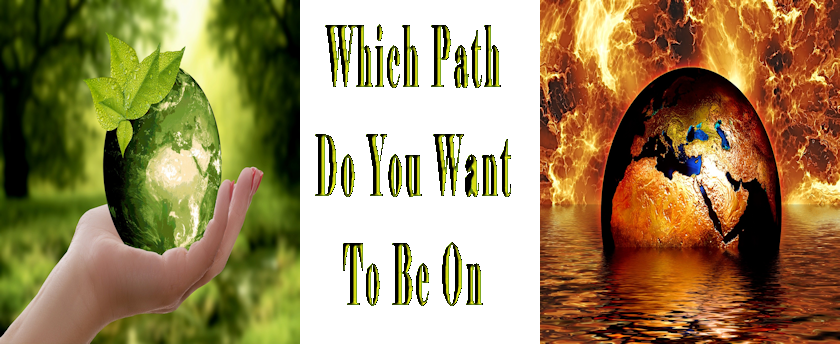
Mother Nature (sometimes known as Mother Earth)
This is a common personification of nature that focuses on the life-giving and nurturing aspects of nature by embodying it in the form of the mother. Images of women representing mother earth, and mother nature, are timeless. In prehistoric times, goddesses were worshiped for their association with fertility, fecundity, and agricultural bounty. Priestesses held dominion over aspects of Incan, Algonquian, Assyrian, Babylonian, Slavonic, Germanic, Roman, Greek, Indian, and Iroquoian religions in the millennia prior to the inception of patriarchal religions.
Western Tradition History
The word nature comes from the Latin word, natura, meaning birth or character (see nature (innate)). In English its first recorded use, in the sense of the entirety of the phenomena of the world, was very late in history in 1662; however natura, and the personification of Mother Nature, was widely popular in the Middle Ages and as a concept seated between the properly divine and the human, it can be traced to Ancient Greece - though Earth or Eorthe in the Old English period may have been personified as a goddess and the Norse also had a goddess called Jord Earth.
The earliest written and safely dated literal references to the term "Mother Earth" occur in Mycenaean Greek ma-ka (transliterated as ma-ga), "Mother Gaia", written in Linear B syllabic script (13th/12th cent. BC).[1] The various myths of nature goddesses such as Inanna/Ishtar (myths and hymns attested on tablets in the third millennium B.C.] show that the personification of the creative and nurturing sides of Nature as female deities had deep roots. In Greece, the pre-Socratic philosophers had "invented" nature when they abstracted the entirety of phenomena of the world as singular: physis, and this was inherited by Aristotle. Later medieval Christian thinkers did not see nature as inclusive of everything, but thought that she had been created by God; her place lay on earth, below the unchanging heavens and moon. Nature lay somewhere in the middle, with agents above her (angels) and below her (demons and hell). For the medieval mind she was only a personification, not a goddess.
Greek Myth
Aeon (Chronos), Gaia and four children In Greek mythology, Persephone, the daughter of Demeter, goddess of the harvest, was abducted by Hades, god of the dead, and taken to the underworld as his queen. Demeter was so distraught that no crops would grow and the "entire human race [would] have perished of cruel, biting hunger if Zeus had not been concerned" (Larousse 152). Zeus forced Hades to return Persephone to her mother, but while in the underworld, Persephone had eaten pomegranate seeds, the food of the dead and thus, she must spend part of each year with Hades in the underworld. Demeter's grief for her daughter in the realm of the dead, is reflected in the barren winter months and her joy when Persephone returns is reflected in the bountiful summer months.
Mother Earth may be an endearing term we use to refer to our planet but when you think about the term and what it implies then you understand it is a pretty accurate description
.Mothers' take care of us and nurture us. They gives us everything we need as we go through life into adulthood and they never stop trying to protect and help us. They are always there for us no matter how much we abuse or neglect them. This sounds pretty accurate when describing what this planet has done for us and what we are doing to it.
Join us in our fight to protect and replenish this earth. If we don't there will be nothing left to take.
IT IS TIME TO GIVE BACK AND THANK HER FOR PROVIDING ALL WE NEED. GET INVOLVED NOW.

